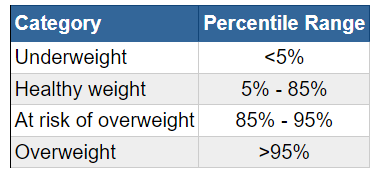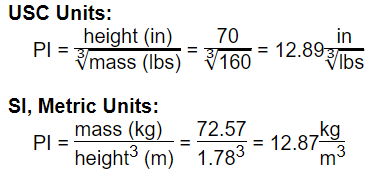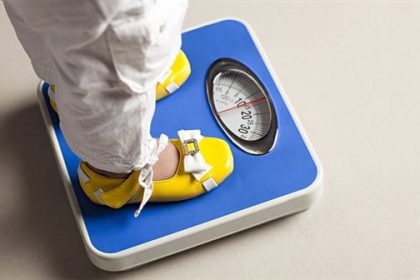Easily calculate your child’s body mass index (BMI) with our user-friendly calculator. Input your child’s height, weight, age, and gender to get their BMI and determine if they are in a healthy weight range for their age. Start promoting your child’s health and wellness with our children’s BMI calculator today.

BMI introduction
You can use a BMI calculator to calculate your BMI based on a formula related to your age and your weight. Use the SI Units or Other Units tab to convert the units to US or metric units. The calculator takes into account BMI and Body Mass Index as listed below.
BMI chart for adults
Centers for Disease Control and Prevention (CDC) growth chart.

Limitations of BMI
Although BMI is a useful and widely used indicator of healthy weight, it has its limitations. BMI is a statistic that does not take body composition into account. For body types in addition to muscle mass, BMI should be considered along with other measures of bone mass and fat distribution. Instead, it is used as the only way to determine a healthy weight.
In adults:
An adult’s BMI, which measures excess body fat, may not be completely accurate. BMI is influenced by other factors such as age, gender, race, and muscle mass. Body fat and activity levels. They may not gain weight, but they also gain body fat. It is considered unhealthy. Young people with high muscle mass are considered healthy with a healthy BMI, and health is perceived as good in athletes and especially bodybuilders. It is considered overweight because it contains more muscle than fat. Indeed, their weight is likely to be appropriate for the anatomy. In general, according to the Centers for Disease Control and Prevention (CDC):
- Older adults have more body fat than younger adults with a normal BMI.
- Women have more body fat per BMI than men.
- Muscular individuals and well-trained athletes may have higher BMIs due to their muscle mass.
In children and adolescents:
The limiting effect of BMI in adults is also evident in children and adolescents. In addition, the length and degree of sexual maturation may influence children’s BMI and body fat. BMI is a better predictor of adiposity in obese children than in underweight or obese children. (All body parts except fat, water, organs, muscles, etc.) The difference in BMI in an overweight child can be due to fat mass.
BMI is a valid indicator of body fat for 90–95% of the population and can be used effectively in conjunction with other measures.
Ponderal Index
Body mass index (PI) is similar to BMI. It measures the index of overweight or obesity based on height and weight. The main difference between PI and BMI is that the cubes represent the square of height in the soup (below). Despite the limitations of such studies, the PI is more reliable for use in taller or shorter individuals. However, unspecified levels of body fat and BMI are in the same order of magnitude as tall people who are overweight or underweight. The following equations are used to calculate a person’s PI for USC using a 5’10 (ca. 178 cm) 160 pound (ca. 73 kg) person.:
Stay Connected
Latest News
14 Toddler Dinner Ideas Even Picky Eaters Will Love
Even if you are working out or at home, it may be…
What to feed young children
Your baby needs a variety of foods just like the rest of…
How to Deal With Picky Eaters
Do you prefer you are not alone Find out why kids choose…
Your Guide to Healthy Food for Toddlers
Need ideas for healthy food for kids? We can help with that!…
10 Easy Homemade Baby Food Ideas
Learn how to make the easiest homemade baby food recipe (step 1)…
How to support your child weight if you are concerned about it
It can be hard to see your child struggling with being overweight…















